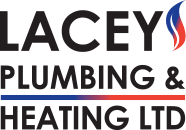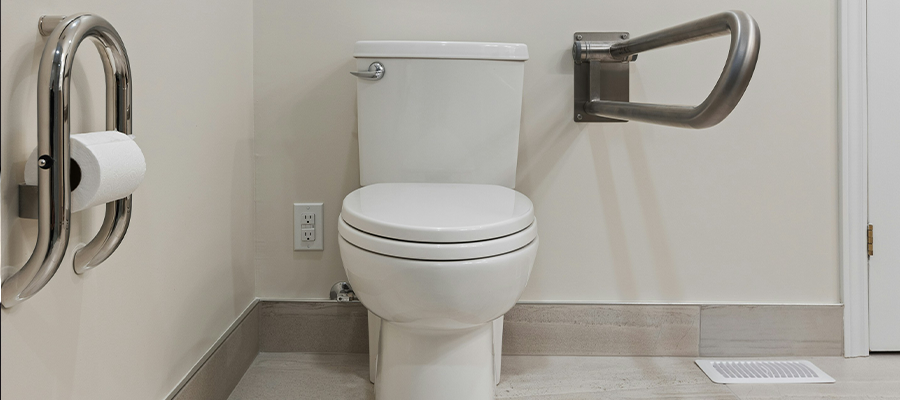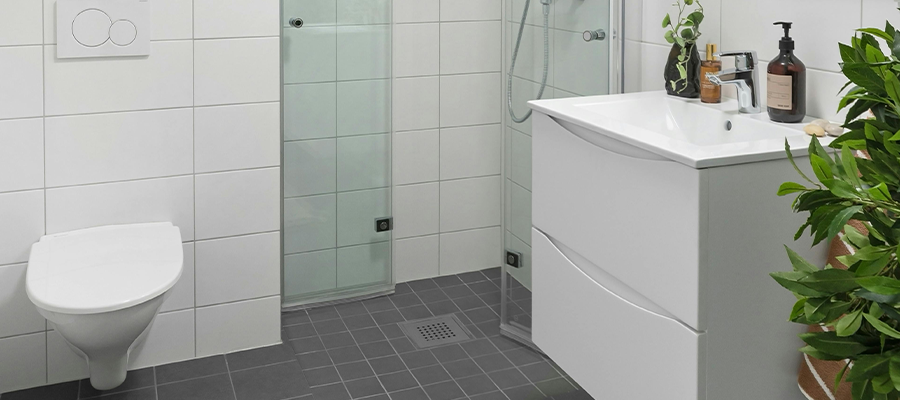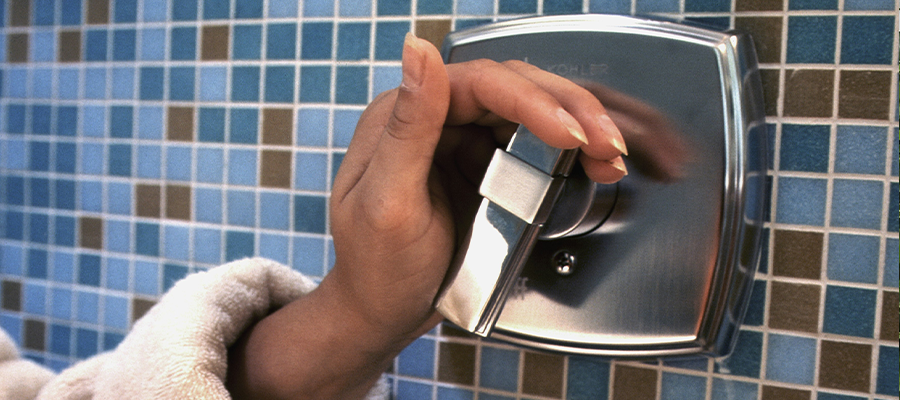How to Bleed a Designer Radiator
If your designer radiator in your home is not heating up properly or is making strange noises, it could need bleeding. This will allow hot water to circulate easily through your heating system.
Get a Quote Request a CallIf your designer radiator in your home is not heating up properly or is making strange noises, it could need bleeding. This will allow hot water to circulate easily through your heating system.
Don’t worry though, bleeding your designer radiators is just as easy as bleeding a regular radiator.
Can you bleed a towel radiator?
Yes, just like with traditional styles of radiator, you can bleed towel radiators and other designer style radiators.
Your towel radiator should be checked at least once a year. In most cases this should be sufficient enough to ensure they are working efficiently.
What causes air build up in upright and designer radiators?
There are three main causes for air to build-up in upright and designer radiators:
- External leaks or faulty parts – Small leaks in the central heating pipes and radiator bleeder valves allow air to slowly seep into water-filled internal networks over months of operations.
- Internal corrosion by products – Constant supply of water circulating inside metal central heating pipes and radiators can lead to internal corrosion. This is the chemical reaction between metal and water that releases hydrogen gas and manifests as bubbles.
- Routine maintenance side effects – The process of bleeding radiators or annual power flushing of heating systems can introduce small air bubbles into the system that get trapped inside components.
How to bleed a designer radiator
Listed below is a step-by-step guide you can use to help you bleed your designer radiators:
- Turn off the heating and switch on the radiator valves – The first step is to ensure your heating is turned off and the towel radiator is cooled down. Typically, there are two valves on the bottom of your radiator which allows water to flow in. You need to make sure that these are both open.
If your radiator is fitted with a Thermostatic Radiator Valve, turn it up to the max number. If you have valve caps that twist, turn them anti-clockwise.
- Open the bleed valve – Next you need to locate the bleed valve, which is typically located on the top of the radiator. It will usually have a small square screw in the centre with a slot on the top.
Get a towel or a cloth and wrap it around the bleed valve and place a container or bowl below the valve to catch the water.
Next, get your radiator key or slotted screwdriver and slowly turn the screw until you hear a hissing sound. Quickly close the valve as soon as this hissing stops.
- Repressurise the heating system – After you have bled the radiators, the pressure in your heating system will likely have dropped. If you have a pressurised boiler, you may need to repressurise the system to get it back to optimum working order.
If your designer radiator is vertical and the valves are located at the top of the radiator, you may need a step ladder to reach the valve. You should always ensure your ladder or stool is on an even surface to prevent any accidents.
How do you know when a designer radiator needs bleeding?
There are a few easy ways to identify if your designer radiator needs bleeding, such as if you start to hear gurgling noises coming from it or if you notice they are taking much longer than usual to heat up.
A good way to check if your radiators need bleeding is by checking for cold spots when the heating is turned on. If there are any cold spots, they will usually be at the top of the radiator and the bottom will be warm. If this is the case, you will need to bleed your radiators.
Unit 11 Eton Business Park
Eton Hill Road, Radcliffe, M26 2ZS
Opening Times
Mon – Fri 8am – 5pm
Call Us Today
0161 879 4949






